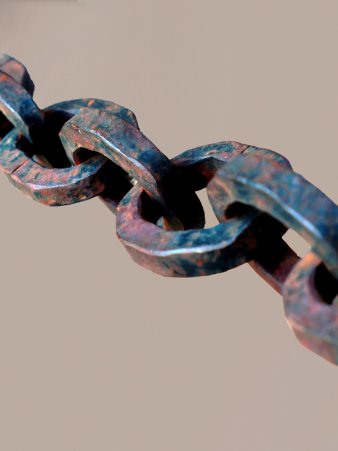The term Circular Economy is mentioned in more and more articles and tv programs. But what does it mean exactly? This is still unclear for most people.
Most people think of the big piles of waste, when thinking of the term circular economy. They associate it with a production cycle. But that is as far as their thoughts go. It is hard to find consolidated information about this subject on internet. Much still needs to be figured out. The term has reached all levels of the construction industry and is made concrete. Apart from that, some businesses are working with it, but it is not a common practice.
Most people think of the big piles of waste, when thinking of the term circular economy. They associate it with a production cycle. But that is as far as their thoughts go.
Babette Porcelijn calculated the amount of CO2 Dutch people release in their daily life and wrote the book De Verborgen Impact (The Hidden Impact) about it. The outcome surprised a lot of people. Most people were accustomed to think about their CO2 emissions as the direct emissions in their life. Like driving a car and using power in your house. The book shows that the direct CO2 emissions are only one fifth of our total emissions. All other emissions are hidden from our view. They are released with the production and transportation of our stuff and food. The, by far, biggest impact Dutch people have on the planet is buying stuff. After that comes eating meat and only after that comes the power you use in your house and the car you drive.
The circular economy is a reaction to our lineal economy of stuff. The stuff is being made of raw materials from different countries. And is transported all over the world. To end up as waste. This is primarily a lineal system, till now. The best explanation of this lineal system I found in 2010, when I saw The Story Of Stuff. Till now I cannot find any better explanation than this one!
The Story Of Stuff explains the system like this:
- Raw materials come from all over the world to factories;
- Factories make products;
- Products are send to shops and persons;
- People use the products;
- The products are wasted and the waste is being processed.
This lineal system has shown different defects, which make it unsustainable for the future:
- More and more raw materials become short in supply;
- The transportation of raw materials and products, and the production of stuff, is responsible for emissions of toxics and CO2 and uses a lot of energy;
- The amount of garbage and waste has grown to big to handle;
- The mentioned problems are growing bigger, because products are breaking more easily and people like to buy new stuff.
These four problems will be the subject of the next blogs.


0 Comments: